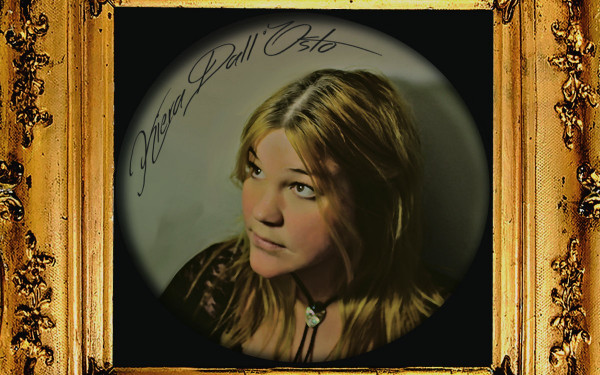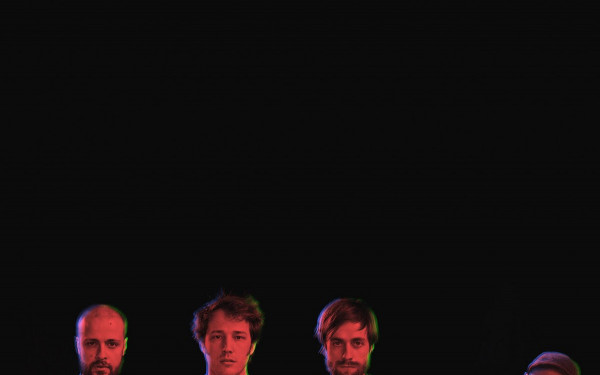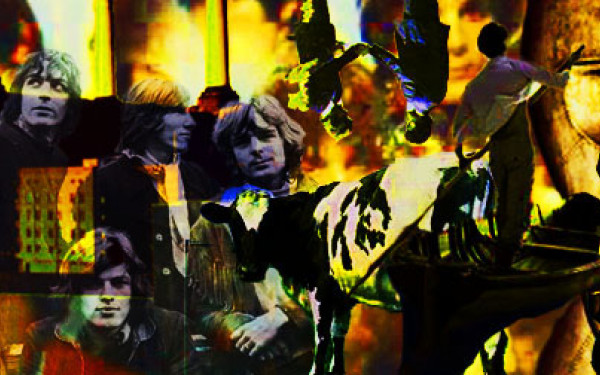A Review of Dim=Sum’s Latest Album
Pink Floyd, Uriah Heep, Jethro Tull and Procol Harum all share a common musical genre—progressive rock.
Prog rock captures several techniques and sounds expressed through the use of many musical instruments, such as the electric/acoustic guitar, bass, drums and synthesisers.
Listeners who submerge themselves into prog rock know what it’s like to experience drawn out album tracks, where each song makes sure that every instrument presented onto an album is given the time it needs to really be heard.
The New York band Dim=Sum does just that with their new self-titled double album. The band consists of four musicians, with Shuyler Jansen on electric/acoustic guitars, Chris Mason on bass guitar and vocals, Mike Silverman on drums and David Carswell on acoustic guitars, synthesizers and strings.
The band had their start inside a basement in New York, each sharing a love and interest in similar artists and bands such as Giant Sand, VU, Van Morrison, Talk Talk, Crazy Horse and Pink Floyd.
With their love for these artists, the band launched themselves onto a six month journey, recording a double album and touring around the United Kingdom and North America.
By March 10, 2017, the band released their seven track album, introducing itself into the world of progressive rock. Some parts of each song are dedicated towards the use of guitars, whereas other parts are reserved for the hypnotic sound of synthesisers and the pounding beat of the drums.
“Blue Rolls the River” was the track that I adored the most on the album. The song begins with a slow and steady jazzy beat, but with a touch of rock in the intro, where every instrument being incorporated into the song with a relaxing melody. Especially the part of the electric guitar just playing random lycs with the use of some distortion—slowly getting the listeners ready for what’s coming.
Once the introduction ends, a continuous transition settles down between vocals and a small electric guitar solo, purposely projected towards the listeners for absorbing the negative message that the artist is trying trying to convey by repeating the same lyrics: “A heart that’s distance finds itself alone.”
Finally the song ends with an electrifying jam, where the guitar, drums and synthesisers play, with a loud tone, the distortion effect used on the electric guitar lead every instrument, constructing a musical path— sounding as if a human being was crying out with rage throughout the track’s beautiful melodic solo lines.
I found “Blue Rolls the River” a little similar to Pink Floyd’s 23 minute track “Echoes.” Both tracks provide a consistent transition between vocals and electric guitar parts. The two songs begin with a slow introduction—getting the listeners ready for the transition between the lyrical parts and small guitar solo — purposely done as a way for grasping the listeners into a relaxing mood.
Once the transition is done, there is an extensive electric guitar solo conducted, where every musical note provides an echoed feedback, providing the listeners with a-bit of a psychedelic feeling while still remaining in the prog-rock genre. Following the solo is a continuous beat, including various tones conducted from the electric guitar.
Both “Blue Rolls the River” and “Echoes” close with a remarkable ending, having every instrument playing softly, while slowly increasing the tone and building up on the momentum of every instrument, until they quiet down into the a short lyrical part and ending the song with a heavy jam, until the song slowly fades away.
The last song on the Dim=Sum album, “To The Depths,” was a great closing track to end things. The piece consistently incorporated background vocals throughout the part of the lead vocals, following the same melody and rhythmic pattern, solidifying the track. Each instrument inside the piece was perfectly in synchronization with one another, especially the drums, that perfectly drove the melody into the right direction.
This, combined with the effect of an orchestral piece that was merged with the sound of a synthesiser, made for a good cooldown track and leaving its listeners with a satisfying sense of finality.
I would have loved to hear more of the synthesiser effect of orchestral music more incorporated inside the track since since it was rarely used. If the orchestral musical effect was more incorporated in the piece, then the track would have adapted a warm and amusing feeling projected towards the listeners, throughout having the effect of several string instruments.
If you’re looking for a good crash course in the prog rock scene, Dim=Sum’s album is a good introduction. The combination of the instruments together makes for an explosive yet concentrated sound, whereas the moments that focus on each individual musician and their instrument really brings out the potential that each has.

_810_810_90.jpg)

_600_832_s.png)




